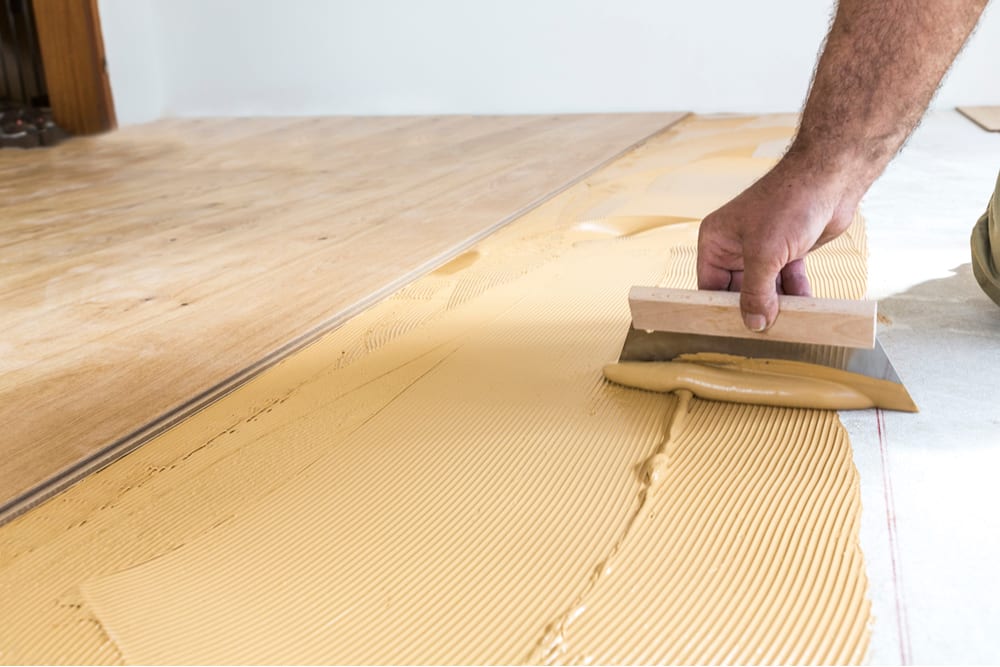
Take Your Pick: Polished Concrete or Floorboards
Not many people often realise it, but the floors are one of the most valuable features of a good house.
In terms of structural integrity, aesthetics, and beauty, floors rank among the top of any discriminating buyer or seller.
However, one often faces a dilemma when deciding what flooring material to use for several reasons such as cost, suitability, and availability, just to name a few. Remember that your decision will determine what you end up with for relatively an entire lifetime – making a mistake can cost you a lot of money for renovations or makeovers, aside from the possibility of having difficulty selling your property because a potential buyer does not like the floor-work.
Narrow your choices
Two of the most common materials that are popularly used today are wooden floorboards and polished concrete. While both share the same limelight in the flooring scene, both have uniquely distinctive aesthetic values and a sense of feeling under the feet.
When deciding to choose which of these two you should pick, here are some valuable tips to consider in making that crucial decision.
Maintenance, longevity, and durability
Maintenance-wise, polished concrete requires takes the cake compared to wooden floorboards.
Hardwood floor materials often need constant polishing every three to four years, as well as termite protection- both of which can be expensive.
If properly installed and maintained, polished concrete tends to last longer than wooden floorboards. When maintained properly, polished concrete can last for around 10 to 20 years with minimal efforts.
Wooden floorboards, on the other hand, often endure nips, dents, or scratches in areas with heavy traffic inside the home. It can sustain damage from pets and sharp or pointed objects such as high-heels, chair and table feet, hard objects dragged across the floor, and water spills, just to name a few.
Maintaining wooden floorboards may take a bit more time and effort to maintain especially if you want it to last longer.
If you are looking at having floor with less maintenance you can opt for the polished concrete, but if you are aiming for natural aesthetics and have the time, money, and patience to consider its value, then wooden floorboards may be your choice.
Stains, spillage, and water damage
Wooden floorboards are highly susceptible to damage when it comes in contact with water that seeps in from the surface. Another issue is that gaps between floorboards can hold in water and seep into the wood to cause long-term damage.
Unlike polished concrete which is stain and water-resistant, water and liquid spillage can be easily wiped off. Concrete is also resistant to bacteria growth so it does not cause mouldy spots in moist areas.
Versatility and visual aesthetics
When it comes to warmth and looks of a home interior, the wooden floorboards offer that value which polished concrete cannot. Wooden floorboards provide a rustic, vintage, and natural vibe that enhances a homey ambiance.
Wooden floorboards also can be available in different hardwood varieties to choose from, as well as possess visually appealing grains and natural patterns not found in polished concrete.
So, before making a choice which materials you plan to use for your floor, consider that there are pros and cons to both polished concrete and wooden floorboards. Try to consider these factors that way you don’t end up regretting your decision or feel that you made a mistake in selecting one which was not thought out well.